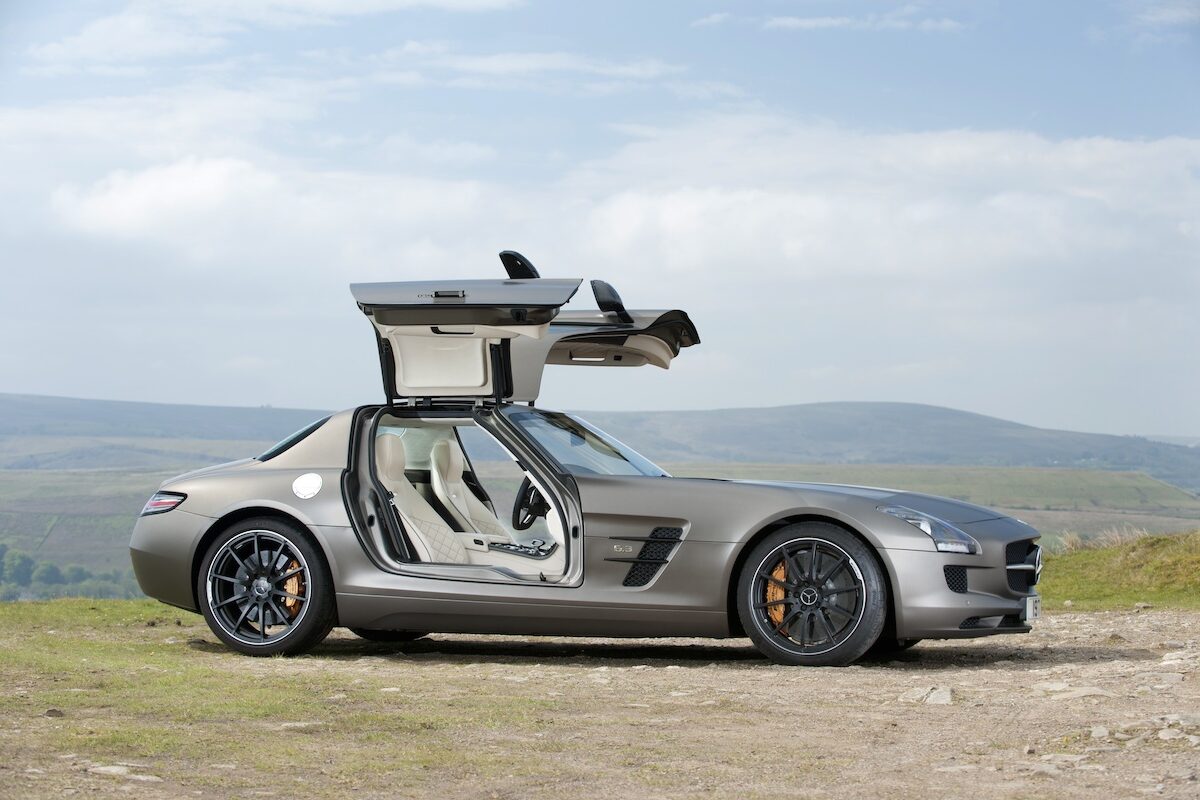55 Years of Nissan Z: A Fast History Lesson
More than half a century ago, a dramatic new car emerged from Japan billed as a “luxuriously appointed high-performance sports car with a Gran Turismo feel”, aimed at establishing itself as a direct rival to the European brands.
That car was, of course, the 240Z. As a result of its compact size, outstanding styling, great handling and sharp pricing, the 240Z was a hit in the market, with long waiting lists.
The aircraft-style cockpit, fully contoured seats, front disc brakes, excellent power-to-weight ratio and “comfort” features like an electric clock, and auto-tune radio with power antenna created massive demand.
Within three years of the 240Zs’s international launch in late 1969 – although it didn’t reach Australia until almost a full year later – It had become the world’s best-selling sports car.
On its arrival in Australia, the 240Z was described as ushering in “a new class of low-cost GT machinery”. Within a year of local launch, Australia had become the third largest export market for the Z behind the USA and Canada.
Datsun 260Z Introduces More Pace & New 2+2 Cabin Layout
By the mid-70s, Nissan had tasked its engineers to create a 2+2 variant, creating a second row for extra passengers. The wheelbase was lengthened, the roofline extended and the 260Z was born.
It boasted extra low-speed torque from the larger 2.6-litre engine, resulting in faster acceleration and a higher top speed, resetting the benchmark for a Z car in the process.
With its improved stability at high speeds and smoother ride comfort, the 260Z eased its way over bumpy and undulating surfaces, with many experts suggesting it was superior in many ways to its predecessor. As Nissan said in its advertising at the time: “The Datsun 240Z was an improvement over other sports cars. And the 260Z is an improvement over that.”

Since it first debuted, the Z car was described as establishing “a new class of low-cost GT machinery”
Fuel-Injected Datsun 280ZX Arrives to Meet Stricter Fuel Standards
With stricter fuel emission standards arriving around the world, the 280ZX – with its extra interior room and refined comfort levels – was then introduced in the late 1970s, distinguished by its fuel-injected 2.8 litre engine.
The 280ZX – like all Z models before it and after – was praised for its trademark balance, and was considered “first and foremost a mass production GT sports car”, with more of an emphasis on design, sportiness, luxury and safety.
The last Z to be known as a Datsun, it boasted an impact absorbing bumper and was stronger thanks to thicker B-pillars.
You can see the obvious family resemblance between the 240Z through the 260 and 280 variations, but it was the 300ZX that represented the modernisation of the Z.
Rebadged as a Nissan, the 300ZX Represents the Dawn of the Modern Z car
Now badged Nissan, the 300ZX was a beautiful sports car and superior to its older siblings (in fact it’s now considered a classic) thanks to its wider stance, pop-up headlights and, later, powerful turbocharged 3.0-litre V6 engine.
It was lauded as a genuine high-performance sports car. As the 300ZX progressed through the generations, the British CAR Magazine described the first iteration as a “Porsche 944 Turbo and 928 rolled into one”.

The 300ZX of the ’90s and 350Z and 370Z of the 21st Century brought a wider stance to the classic Z shape
How the 350Z Rang in the 21st Century
And then onto the 21st century and the arrival of the 350Z, a two-seater model that arrived in 2002. It was stylish inside and out, more rounded in its silhouette, had a beautifully designed rear end, a long bonnet and a low seating position with an on-road presence that was obviously Z.
After its global unveil at the 2008 LA Auto Show, the 370Z as we know it burst onto the scene – some 40 years after the debut of the Z nameplate. It was sharper, had firmer ride and handling, weighed less, and was more advanced and faster than its predecessor.
A special 50th anniversary edition of the 370Z was revealed at the 2019 New York Motor Show to mark the incredible journey of a true automotive icon.
Evolution of the Z-Car
-
1969 – First Generation Datsun 240Z
-
1978 – Second Generation Datsun 280Z
-
1983 – Third Generation Nissan 300ZX (Z31)
-
1989 – Fourth Generation Nissan 300ZX (Z32)
-
2002 – Fifth Generation Nissan 350Z
-
2008 – Sixth Generation Nissan 370Z
-
2023 – Seventh Generation Nissan Z

The Z car’s lineage and heritage spans well over 50 years









